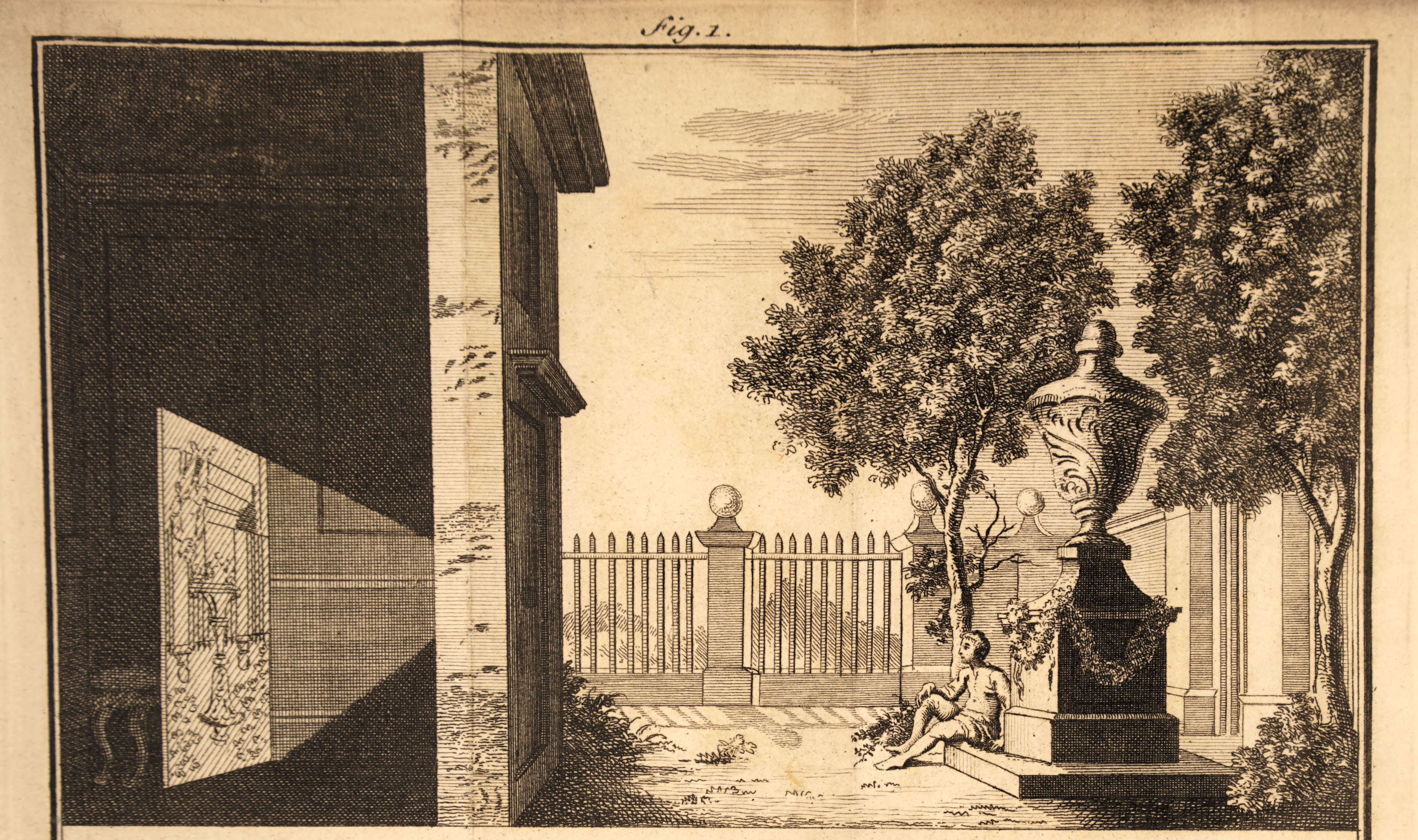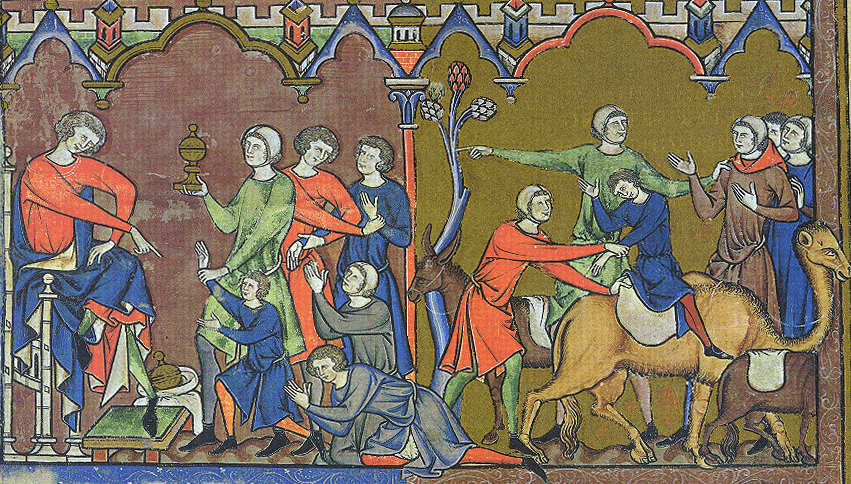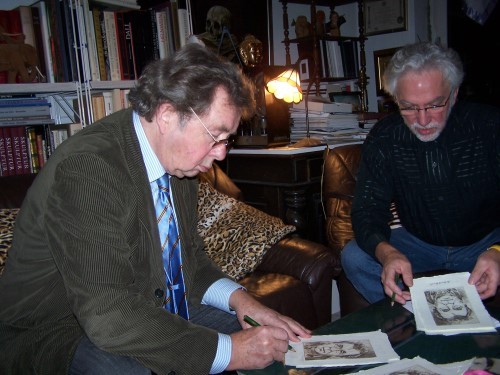|
L'Arrivée D'un Train En Gare De La Ciotat
(translated from French into English as ''The Arrival of a Train at La Ciotat Station'', ''Arrival of a Train at La Ciotat'' Sand ''The Arrival of the Mail Train'', and in the United Kingdom as ''Train Pulling into a Station'') is an 1896 French short silent documentary film directed and produced by Auguste and Louis Lumière. Contrary to myth, it was not shown at the Lumières' first public film screening on 28 December 1895 in Paris, France: the programme of ten films shown that day makes no mention of it. Its first public showing took place in January 1896 in Lyon. It is indexed as Lumière No. 653. Synopsis This 50-second silent film shows the entry of a train pulled by a steam locomotive into the Gare de La Ciotat, the train station of the French southern coastal town of La Ciotat, near Marseille. Like most of the early Lumière films, consists of a single, unedited view illustrating an aspect of everyday life, a style of filmmaking known as actuality. There is no ... [...More Info...] [...Related Items...] OR: [Wikipedia] [Google] [Baidu] |
Auguste Lumière
Auguste Marie Louis Nicolas Lumière (; 19 October 1862 – 10 April 1954) was a French engineer, industrialist, biologist, and illusionist. In 1894 and 1895, he and his brother Louis Lumière, Louis invented an animated photographic camera and projection device, the cinematograph, which met with worldwide success. Life Lumière was born in Besançon. He attended the Martinière Technical School and worked as a manager at the photographic company of his father, Claude-Antoine Lumière. He was invited to attend a demonstration of the Kinetoscope invented by Thomas Edison, which inspired his and his brother's work on the cinematograph. The brothers screened their first film using this device in December 1895, and following the success of this initial venture opened a number of cinemas worldwide. However, Auguste was skeptical of the potential of the device, remarking "My invention can be exploited... as a scientific curiosity, but apart from that it has no commercial value whats ... [...More Info...] [...Related Items...] OR: [Wikipedia] [Google] [Baidu] |
35mm Movie Film
35 mm film is a film gauge used in filmmaking, and the film standard. In motion pictures that record on film, 35 mm is the most commonly used gauge. The name of the gauge is not a direct measurement, and refers to the nominal width of the 35 mm format photographic film, which consists of strips wide. The standard negative pulldown, image exposure length on 35 mm for movies ("single-frame" format) is four film perforations, perforations per Film frame, frame along both edges, which results in 16 frames per foot of film. A variety of largely proprietary gauges were devised for the numerous camera and projection systems being developed independently in the late 19th and early 20th centuries, along with various film feeding systems. This resulted in cameras, projectors, and other equipment having to be calibrated to each gauge. The 35 mm width, originally specified as inches, was introduced around 1890 by William Kennedy Dickson and Thomas Edison, using 120 film st ... [...More Info...] [...Related Items...] OR: [Wikipedia] [Google] [Baidu] |
Rutgers University Press
Rutgers University Press (RUP) is a nonprofit academic publishing house, operating in New Brunswick, New Jersey under the auspices of Rutgers University Rutgers University ( ), officially Rutgers, The State University of New Jersey, is a Public university, public land-grant research university consisting of three campuses in New Jersey. Chartered in 1766, Rutgers was originally called Queen's C .... History Rutgers University Press, a nonprofit academic publishing house operating in Piscataway, New Jersey, under the auspices of Rutgers University, was founded on March 26, 1936. Since then, the press has grown in size and the scope of its publishing program. Among the original areas of specialization were Civil War history and European history. The press’ current areas of specialization include sociology, anthropology, health policy, history of medicine, human rights, urban studies, Jewish studies, American studies, film and media studies, the environment, and books about ... [...More Info...] [...Related Items...] OR: [Wikipedia] [Google] [Baidu] |
Roller Coaster
A roller coaster is a type of list of amusement rides, amusement ride employing a form of elevated Railway track, railroad track that carries passengers on a roller coaster train, train through tight turns, steep slopes, and other elements, usually designed to produce a thrilling experience, though some roller coasters aim to provide a more gentle experience. Trains consist of open cars connected in a single line, and the rides are often found in theme parks around the world. Roller coasters originate from "Russian Mountains" which first appeared in the 17th century. Invented and mostly found in Russia, these were slides made of ice that upper-class Russians would slide down. LaMarcus Adna Thompson obtained one of the first known patents for a roller coaster design in 1885, based on the Switchback Railway which opened a year earlier at Coney Island. Tracks are typically built and designed as a complete circuit in which trains depart from and return to the same Station (roller coa ... [...More Info...] [...Related Items...] OR: [Wikipedia] [Google] [Baidu] |
Maxim Gorky
Alexei Maximovich Peshkov (; – 18 June 1936), popularly known as Maxim Gorky (; ), was a Russian and Soviet writer and proponent of socialism. He was nominated five times for the Nobel Prize in Literature. Before his success as an author, he travelled widely across the Russian Empire, changing jobs frequently; these experiences would later influence his writing. He associated with fellow Russian writers Leo Tolstoy and Anton Chekhov, both mentioned by Gorky in his memoirs. Gorky was active in the emerging Marxist socialist movement and later supported the Bolsheviks. He publicly opposed the Tsarist regime and for a time closely associated himself with Vladimir Lenin and Alexander Bogdanov's Bolshevik wing of the Russian Social Democratic Labour Party. During World War I, Gorky supported pacifism and internationalism and anti-war protests. For a significant part of his life, he was exiled from Russia and later the Soviet Union, being critical both of Tsarism and of ... [...More Info...] [...Related Items...] OR: [Wikipedia] [Google] [Baidu] |
Camera Obscura
A camera obscura (; ) is the natural phenomenon in which the rays of light passing through a aperture, small hole into a dark space form an image where they strike a surface, resulting in an inverted (upside down) and reversed (left to right) projector, projection of the view outside. ''Camera obscura'' can also refer to analogous constructions such as a darkened room, box or tent in which an exterior image is projected inside or onto a translucent screen viewed from outside. ''Camera obscuras'' with a lens in the opening have been used since the second half of the 16th century and became popular as aids for drawing and painting. The technology was developed further into the photographic camera in the first half of the 19th century, when ''camera obscura'' boxes were used to exposure (photography), expose photosensitivity, light-sensitive materials to the projected image. The image (or the principle of its projection) of a lensless ''camera obscura'' is also referred to as a " ... [...More Info...] [...Related Items...] OR: [Wikipedia] [Google] [Baidu] |
Benjamin H
Benjamin ( ''Bīnyāmīn''; "Son of (the) right") blue letter bible: https://www.blueletterbible.org/lexicon/h3225/kjv/wlc/0-1/ H3225 - yāmîn - Strong's Hebrew Lexicon (kjv) was the younger of the two sons of Jacob and Rachel, and Jacob's twelfth and youngest son overall in Jewish, Christian and Islamic tradition. He was also considered the progenitor of the Israelite Tribe of Benjamin. Unlike Rachel's first son, Joseph, Benjamin was born in Canaan according to biblical narrative. In the Samaritan Pentateuch, Benjamin's name appears as "" (Samaritan Hebrew: , "son of days"). In the Quran, Benjamin is referred to as a righteous young child, who remained with Jacob when the older brothers plotted against Joseph. Later rabbinic traditions name him as one of four ancient Israelites who died without sin, the other three being Chileab, Jesse and Amram. Name The name is first mentioned in letters from King Sîn-kāšid of Uruk (1801–1771 BC), who called himself “King of Amnanum ... [...More Info...] [...Related Items...] OR: [Wikipedia] [Google] [Baidu] |
The Moving Image
The Association of Moving Image Archivists (AMIA) is a 501(c)(3) not-for-profit organization established to advance the field of moving image archiving by fostering cooperation among individuals and organizations concerned with the acquisition, description, preservation, exhibition and use of moving image materials. History Since the late 1960s, representatives from moving image archives have recognized the value of regular meetings to exchange practical information and experiences. Over the years, this group of archivists originally known as the Film and Television Archives Advisory Committee (F/TAAC) expanded from a handful of participants to several hundred archivists from over 100 national, regional and local institutions. In 1990, the name of the group was changed to the Association of Moving Image Archivists. In 1991, AMIA voted to formalize as an individual-based member-based professional association, the only one of its kind in the moving image archival field. Although ... [...More Info...] [...Related Items...] OR: [Wikipedia] [Google] [Baidu] |
Der Spiegel
(, , stylized in all caps) is a German weekly news magazine published in Hamburg. With a weekly circulation of about 724,000 copies in 2022, it is one of the largest such publications in Europe. It was founded in 1947 by John Seymour Chaloner, a British army officer, and Rudolf Augstein, a former ''Wehrmacht'' radio operator who was recognized in 2000 by the International Press Institute as one of the fifty World Press Freedom Heroes. is known in German-speaking countries mostly for its investigative journalism. It has played a key role in uncovering many political scandals such as the ''Spiegel'' affair in 1962 and the Flick affair in the 1980s. The news website by the same name was launched in 1994 under the name '' Spiegel Online'' with an independent editorial staff. Today, the content is created by a shared editorial team and the website uses the same media brand as the printed magazine. History The first edition of was published in Hanover on Saturday, 4 Januar ... [...More Info...] [...Related Items...] OR: [Wikipedia] [Google] [Baidu] |
Hellmuth Karasek
Hellmuth Karasek (4 January 1934 – 29 September 2015) was a German journalist, literary critic, novelist, and the author of many books on literature and film. He was one of Germany's best-known feuilletonists. Biography Karasek was born in the capital city of Moravia, Brno (), which was then a part of Czechoslovakia (current-day Czech Republic). Karasek attended the National Political Institutes of Education in Loben. In 1944, when he was ten, his family fled from Bielitz (today Bielsko in Poland) in the neighbouring German region of Silesia to Bernburg in Saxony-Anhalt. After finishing his schooling in the early 1950s he moved from there—then part of East Germany—to West Germany and became a student at the University of Tübingen, where he studied History, German and English language and literature. After his graduation, Karasek started working as a journalist, and in 1968 became the theatre critic of the weekly newspaper ''Die Zeit''. From 1974 until 1996 he wrote fo ... [...More Info...] [...Related Items...] OR: [Wikipedia] [Google] [Baidu] |
L'Arrivée D'un Train En Gare De La Ciotat (1897) Par Les Frères Lumière
(translated from French into English as ''The Arrival of a Train at La Ciotat Station'', ''Arrival of a Train at La Ciotat'' [US] and ''The Arrival of the Mail Train'', and in the United Kingdom as ''Train Pulling into a Station'') is an 1896 French Short film, short silent documentary film directed and produced by Auguste and Louis Lumière. Contrary to myth, it was not shown at the Lumières' first public film screening on 28 December 1895 in Paris, France: the programme of ten films shown that day makes no mention of it. Its first public showing took place in January 1896 in Lyon. It is indexed as Lumière No. 653. Synopsis This 50-second silent film shows the entry of a train pulled by a steam locomotive into the Gare de La Ciotat, the train station of the French southern coastal town of La Ciotat, near Marseille. Like most of the early Lumière films, consists of a single, unedited view illustrating an aspect of everyday life, a style of filmmaking known as Actuality fil ... [...More Info...] [...Related Items...] OR: [Wikipedia] [Google] [Baidu] |





